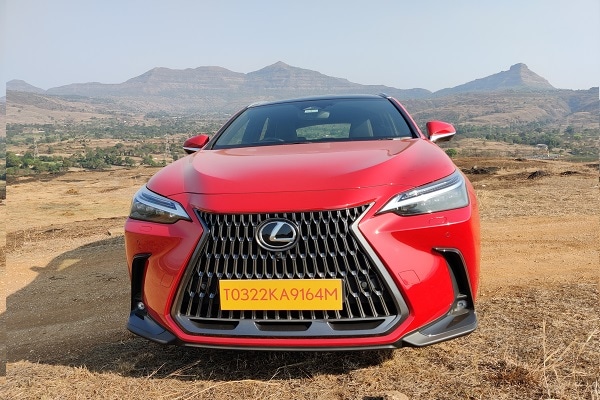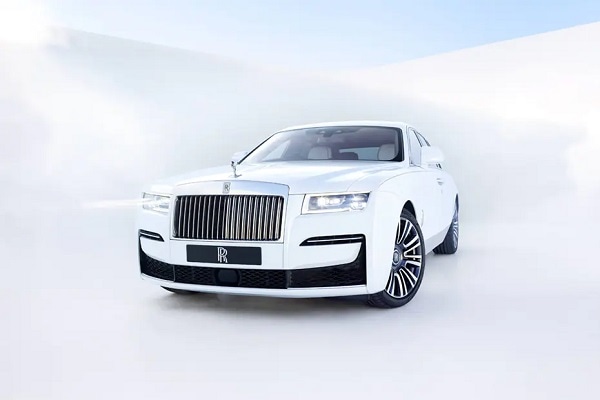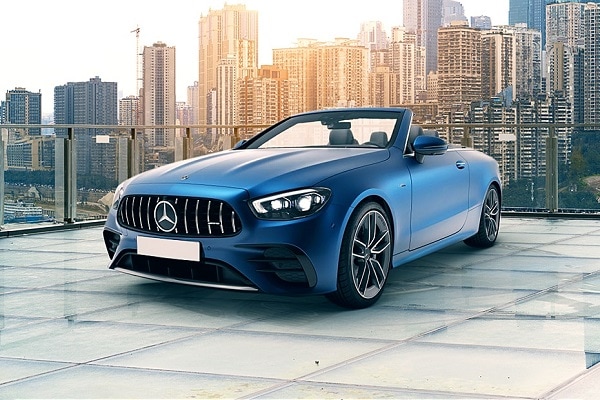Use of public transport may fall for six months, post lockdown: CSE survey
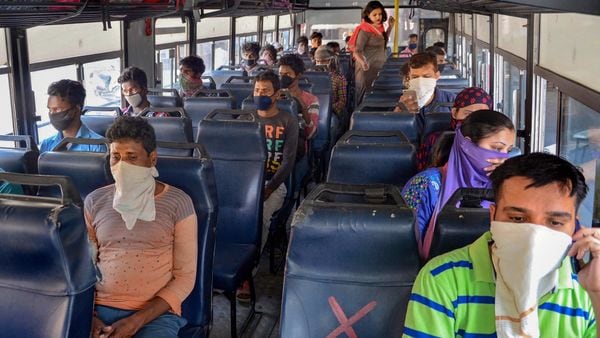

The use of public transport is expected to reduce for six months post-lockdown and 'health safety' will be the top priority for people while choosing the most suitable mode of travel, a recent analysis by the Centre for Science and Environment claimed.
The CSE's perception survey on changing commuting choices post-pandemic included over 400 middle and high-income groups in Delhi and surrounding NCR cities. The first results show public mood is changing.
Also check these Vehicles
"While use of public transport is expected to reduce in the short run, there is positive shift in attitude towards high quality public transport, contact-free walking and cycling and lifestyle adjustment to reduce unnecessary travel trips in the longer term," the environment policy think tank said.
Also Read : 70% Indians to avoid public transport, 62% to ditch Ola, Uber: Survey
The CSE said post-lockdown, health safety will be the top concern, followed by road safety, availability of mode options, comfort, distance of trips, cost of journey and environmental consciousness.
The analysis showed that preference for car ownership and usage will also increase in the short run.
Among the 36 percent respondents who do not own any vehicle, around 28 per cent said they may want to buy one for safety reasons in the near future.
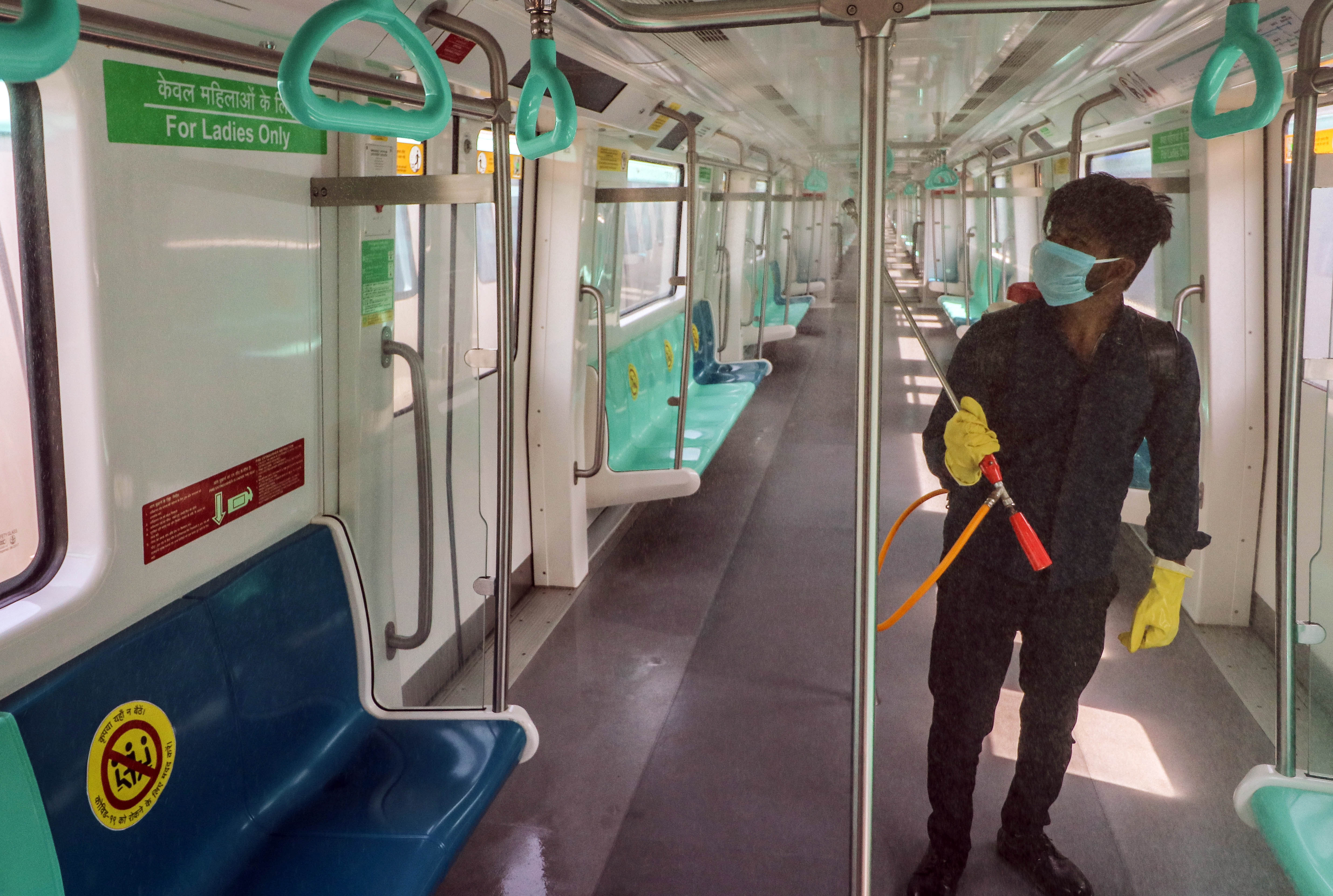

Within six months after the lockdown, metro ridership will decline from 37 per cent in pre-lockdown period to 16 per cent, the CSE said.
"But cars' and two-wheelers' share will increase from 28 per cent to 38 per cent. Encouragingly, walking and cycling share will increase from 4 per cent to 12 per cent," it said.
Also Read : Here are the rules of traveling in public transport in Delhi
According to the CSE, 73 per cent respondents have preferred to move to public transport if it meets high quality standards for services.
About 22 per cent said they would continue to use personal transport and the rest will move to cabs and shared mobility.
About 38 per cent have preferred public transport for the reasons of connectivity, 23 per cent each for cost effectiveness and sustainability, and 16 per cent to avoid traffic, it said.
Delhi has 5,400 buses, with a total service capacity of 741.6 lakh km per day. With new physical distancing norms (20 people per bus), the service capacity has reduced substantially to 211.9 lakh km per day, it said.
Thus, the city needs an additional fleet of 13,243 buses to regain the original service capacity level of pre-lockdown time.
Also Read : Cars bowling out public transportation around the world has a message for India
"This is a clear indicator for the policy makers that a massive shift towards public transport, walking and cycling is possible if good quality and convenient public transport systems and well-designed walking infrastructure are available," the CSE said.
The survey also showed that in Delhi-NCR, close to 40 per cent people do not have access to bus stops within 500 metres; and 69 per cent do not have access to metro stations within 500 metres.
"This will vary from city to city. But clearly, this makes using public transport inconvenient and people become captive user of personal transport," the think tank said.







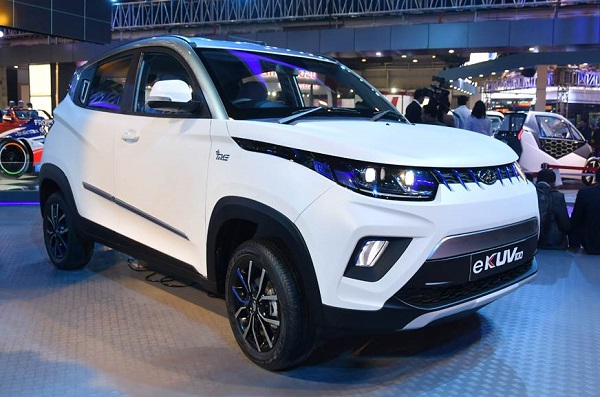
 40 kWh
40 kWh 150 Km
150 Km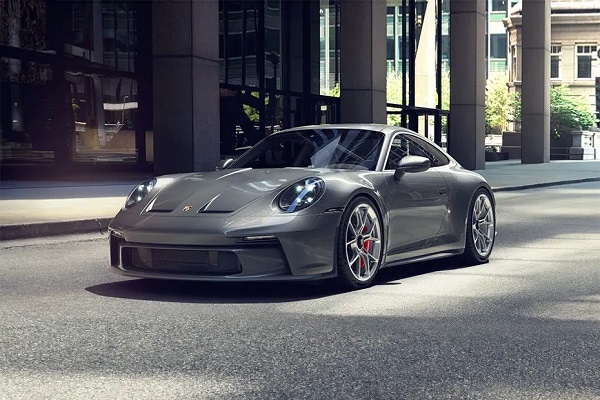
 3996.0 cc
3996.0 cc Petrol
Petrol
